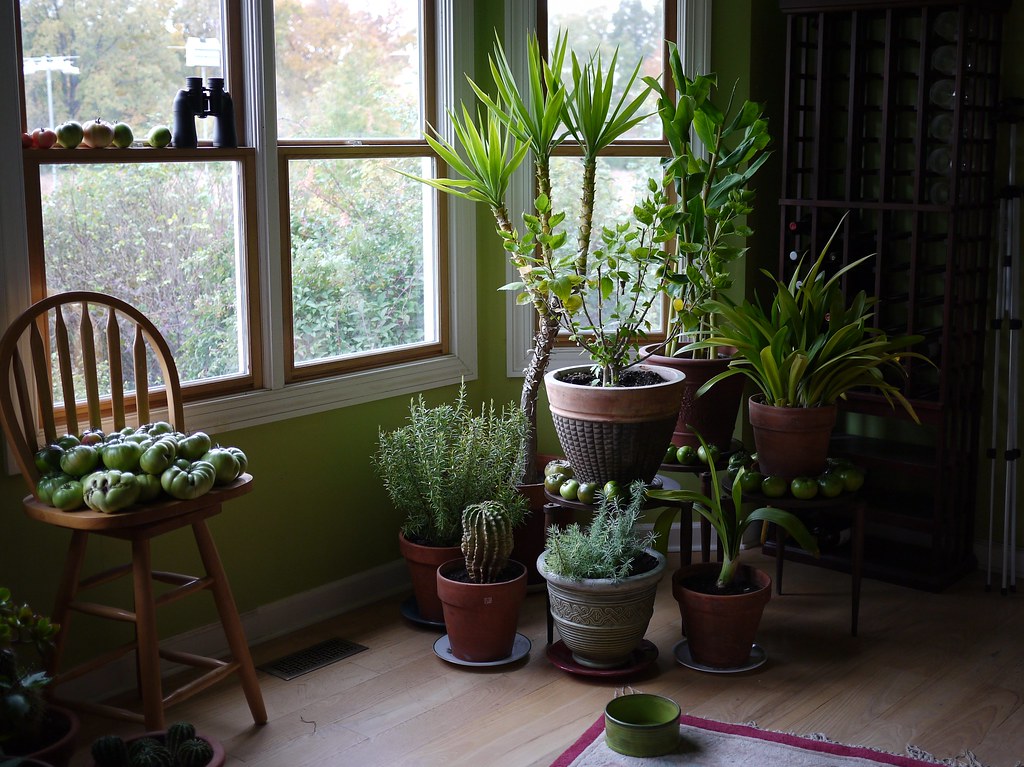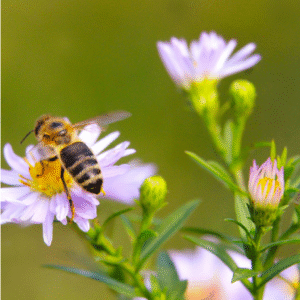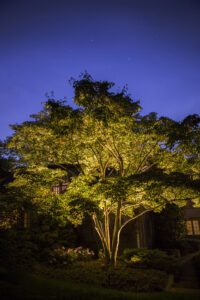Why Houseplants?
With snow coating the garden beds and the first spring bulbs still months away, I’m feeling even more grateful for my houseplants than I already do the rest of the year. Indoor plants have skyrocketed in popularity over the past two decades. However, houseplants are far from a new concept, dating as far back as early Greek and Roman civilization. Each generation seems to have their respective indoor gardening trends from Victorian era ferns to the 1970s spider plants in macrame hangers. They can even be family heirlooms, with a simple jade plant linking generations of plant lovers.
Not only are plants a stylish addition to any decor, but studies have shown additional health and wellness benefits. Simply looking at plants can improve mood and mental wellbeing. Houseplants also serve as excellent natural air purifiers. The NASA Clean Air Study, the most well-known study of its type, examined the ability of many common plants to clean the air in space stations. In addition to the well-known benefit of turning carbon dioxide into oxygen, the NASA study also highlighted the ability of some plants to remove the volatile organic pollutants benzene, formaldehyde, and trichloroethylene.
After years of collection, experimentation, and more than a few accidental plant murders here are my top recommendations to green up your interior space!

Hoya
Common Names: wax plant, wax flower, wax vine
Native Habitat: tropical and subtropical Asia
Care Requirements: Bright light, allow soil to dry between waterings
Notable Species: H. carnosa, H.pubicalyx, H. lacunosa, H. kerri

The thick waxy leaves of this slow-growing vining tropical give it a durability that makes this my top plant to recommend! Under favorable conditions this durable classic sends out clusters of sweet scented star-shaped flowers at various points along the vine. The most common species, Hoya carnosa, is a great place to start but this genera has a wide variety of foliage to suit every taste.


Sansevieria
Common Names: Mother-in-Law’s tongue, snake plant, St. George’s sword
Native Habitat: Africa and southern Asia
Care Requirements: Tolerant of all lighting conditions, allow soil to dry between waterings
Notable Species: S. trifasciata, S. cylindrica, S. eilensis
Now reclassified as Dracaena, though still commonly sold under the name Sansevieria, the thick leaves of this genera add beautiful structural form to a neglected corner. Frequently sold as a great option for low light corners, snake plants can tolerate lower lighting conditions but will thrive and grow faster with the more light they receive.

Peperomia
Common Names: radiator plant, rubber plant
Native Habitat: Central America, South America and the Caribbean
Care Requirements: Moderate bright light, allow plants to dry slightly between waterings
Notable Species: P. obtusifolia, P. caperata, P. puteolata, P. prostrata
Looking for fun foliage? Well look no further! Drought and lower light tolerant while still adding so much foliar fun, this semi-succulent houseplant stuns with bold leaves ranging from fuzzy to shiny to bright pink. Peperomia are also notable for the very easy ability to propagate from both stem and leaf cuttings.

Ficus
Common Names: fig, weeping fig, rubber tree
Native Habitat: Throughout the tropics, some in temperate zones
Care Requirements: Bright indirect light, consistent soil moisture, prefer humidity
Notable Species: F. benjamina, F. elastica, F. lyrata
This genus includes the common fig tree but in indoor cultivation, tropical varieties are more popular. Though ficus span over 850 species, those referenced here tend to take the form of trees and woody shrubs. Just beware of the irritating latex sap that oozes from wounded branches and leaves. My Ficus benjamina is often commented on by visitors because it looks just like you took a young tree and brought it inside! Available in smaller sizes too, Ficus trees are beautiful and bold statement pieces that will grow essentially as large as conditions allow.

Tradescantia
Common Names: wandering jew, wandering dude, inch plant, spiderwort
Native Habitat: North and Central America
Care Requirements: bright to moderate light, well draining moist soil
Notable Species: T. zebrina, T. spathacea, T. pallida
Grown as both annuals and houseplants, tradescantia species add color to a summer hanging basket or a sunny windowsill. These fast growing and easily propagated plants make a rewarding purchase for new plant parents. I’ve seen a Tradescantia zebrina easily double in size over a matter of weeks. Foliage is notable for its purple color which adds a fun diversity to often primarily green houseplants.




